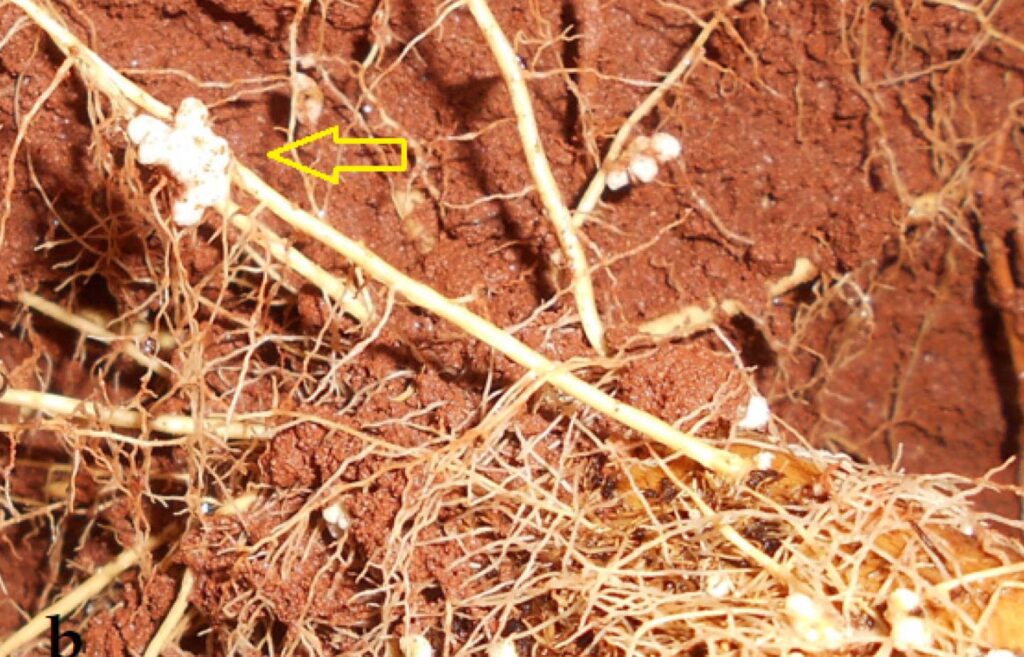Rafael Barroca Silva 1,2,* , Cristiane de Pieri 3, Leonardo José Silva da Costa 1 , Mellina Nicácio da Luz 1, Antonio Ganga 2 , Gian Franco Capra 2 , José Raimundo de Souza Passos 4 , Magali Ribeiro da Silva 1 and Iraê Amaral Guerrini 1,5
- 1Department of Forest, Soil and Environmental Sciences, College of Agricultural Sciences, São Paulo State University (UNESP), Botucatu 18610-034, SP, Brazil2Department of Architecture, Design and Urban Planning, University of Sassari, Viale Piandanna 4, 07100 Sassari, Italy3Plant Protection Department, College of Agricultural Sciences, São Paulo State University (UNESP), Botucatu 18610-034, SP, Brazil4Biodiversity and Bioestatistic Department, Bioscience Institute (IBB), São Paulo State University (UNESP), Botucatu 18618-689, SP, Brazil5Center for Carbon Research in Tropical Agriculture (CCARBON), University of São Paulo, Avenida Pádua Dias 11, Piracicaba 13418-900, SP, Brazil
Abstract
This study investigated the effects of Bradyrhizobium elkanii inoculation and nitrogen (N) fertilization on the growth of Pseudalbizzia niopoides seedlings in a nursery and their subsequent performance in soil. P. niopoides is a legume tree native to Latin American tropical forests, known to nodulate but with no previously identified rhizobial partner. Seedlings were grown in a nursery under varying N fertilization rates (0, 250, 500, 1000, and 2000 mg L−1) with and without B. elkanii inoculation. Morphological traits, nodulation, and post-planting growth were assessed. Both inoculation and N fertilization significantly enhanced seedling growth in the nursery. However, high N rates suppressed nodulation and caused root toxicity. Inoculated seedlings exhibited improved growth after planting, particularly at lower N rates. Notably, inoculated seedlings without added N demonstrated vigorous new root proliferation after three months, highlighting the beneficial effects of the symbiosis. In terms of nitrogen fertilization in nurseries, a N rate up to 500 mg L−1 produced satisfactory plant growth and no prejudicial effects on the symbiosis establishment. However, it is possible to raise seedlings even in the 0 mg L−1 N rate, with a vigorous root emission during the post-planting growth. This study provides valuable insights into the interaction between a specific rhizobia strain and P. niopoides, with implications for nursery practices and sustainable agroforestry systems.
Keywords
Albizia niopoides; nitrogen fixation; nodulation; rhizobia; soil bacteria; South America; urea






